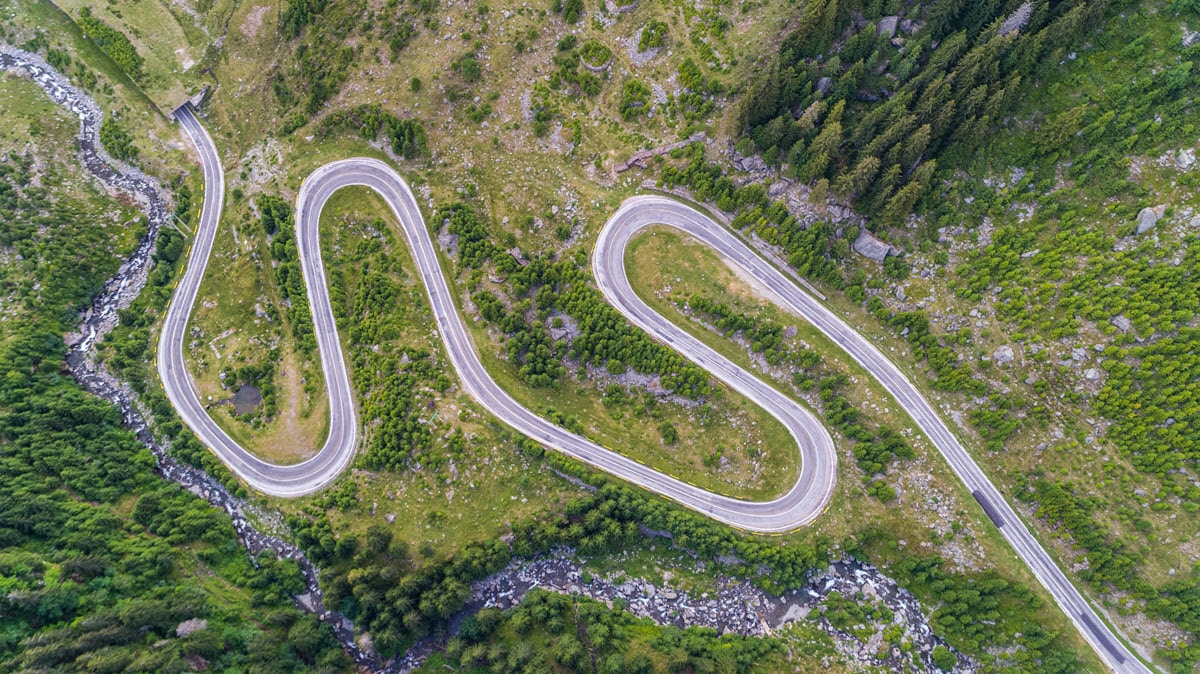Romania is a country located in southeastern Europe. It’s the biggest of the Balkan countries and covers an area of 238,397 km2 (92,046 sq mi), with a population of around 19 million. While at the same time, the country shares a lot of similarities with other Balkan states, it’s regarded as being unique due to its strong Latin heritage. This influence is evident in every part of society, from its language to culture.
Romania is known for its capital of Bucharest, Transylvania’s forested region, and the Carpathian Mountains. Thanks to the writer Bram Stoker, the country is also synonymous with Count Dracula and the cliff-top Bran Castle. It’s also home to the gigantic, Communist-era parliament building in the capital.
Bucharest
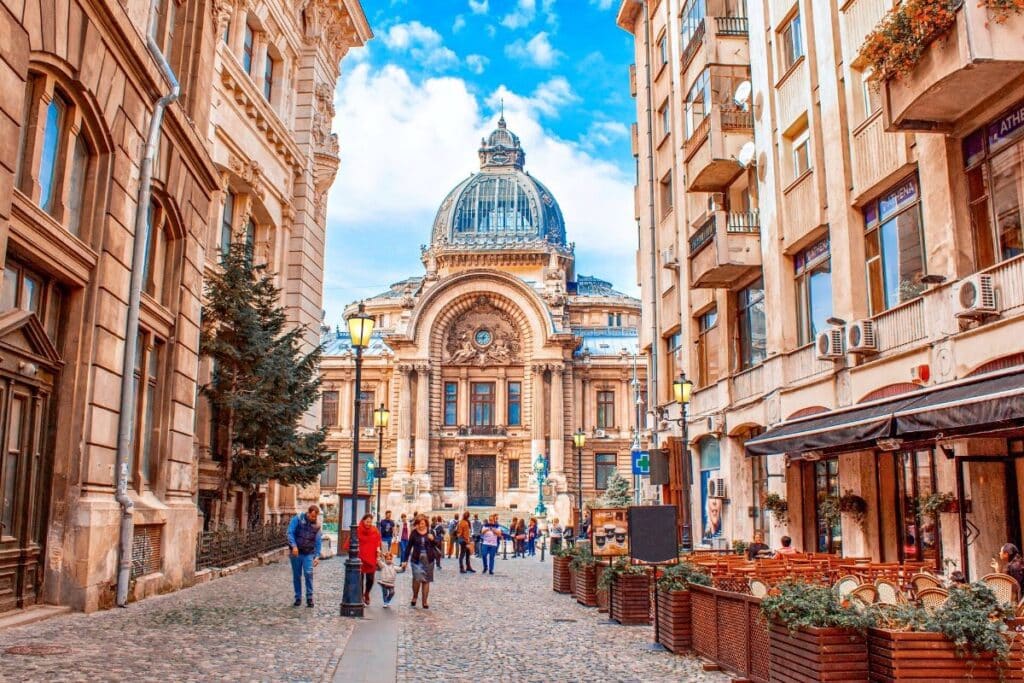
Bucharest is a European capital often overlooked by travelers, but it offers a lot to those who choose to explore the Romanian capital.
Around 1900 the city was known as “Little Paris.” Not just for its elegant architecture but the locals’ fascination with everything French. It’s said that locals greeted each other in French; they wore the latest Parisian fashion and would often study in the French capital.
The city’s eclectic architectural heritage is an attraction in itself. The city has a range of Byzantine buildings, 16th, 17th, and 18th-century churches, stately Art Nouveau homes, and Neoclassical facades.
Palace of the Parliament
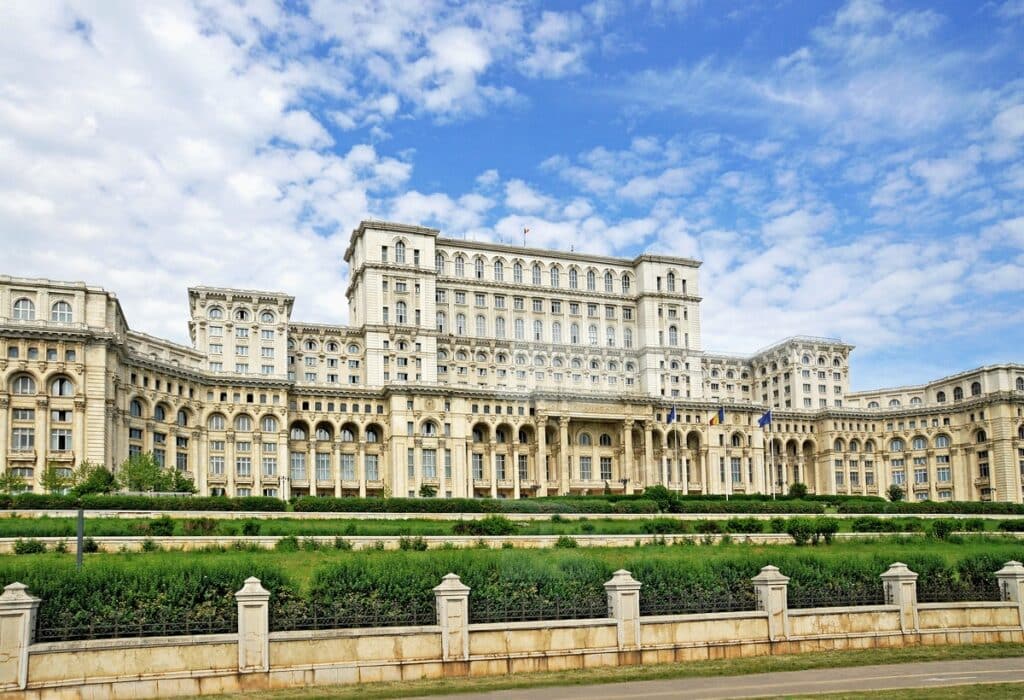
One of Bucharest’s top tourist attractions is the Palace of the Parliament (Palatul Parlamentului). Besides being the second-largest administrative building in the world (after the Pentagon), it also holds the title of the heaviest building on Earth. While it was started in 1984, it’s still not complete.
The massive building has more than 3000 rooms covering an area of 330,000 square meters (3552090 square feet). The dictator that commissioned the building, Nicolae Ceausescu, originally called the building the People’s House. It was used as the seat of government at the time and as his family’s residence.
Bucharest Old Town
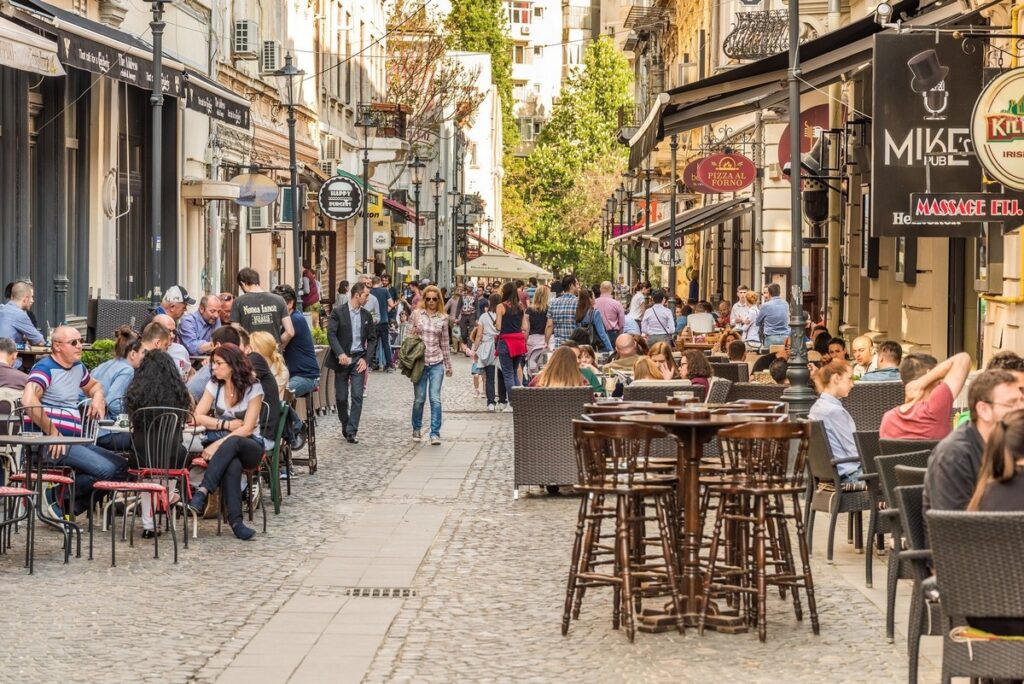
The city’s old town boasts some of Bucharest’s earliest buildings dating back to the 15th and 16th centuries. Unfortunately, for a long time, this part of the city fell into disrepair and became somewhat of a slum. However, the area has now been gentrified and renovated since the ending of communism.
Not all buildings have been returned to their former splendor, and this contrast actually makes the area even more charming. Stay here if you are visiting the city and dine in one of the many cafes and restaurants lining the cobbled streets or visit one of the many theaters and bookshops in the area.
Bran Castle
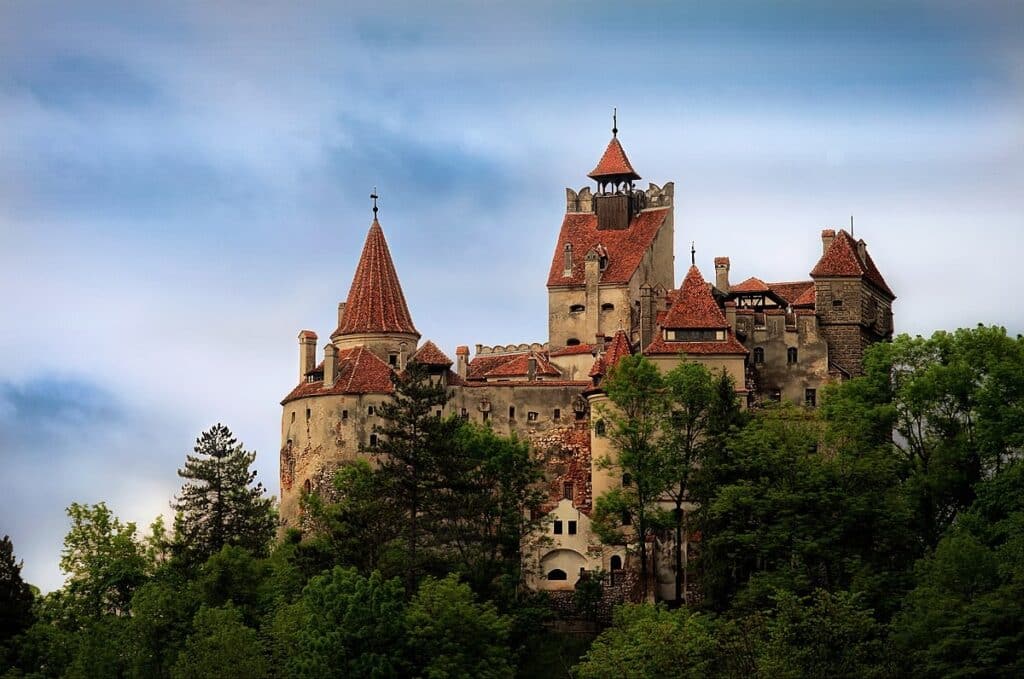
The 13th century Bran Castle is often connected with Dracula, yet there’s no evidence that writer Bram Stoker was aware of this medieval castle. Bran Castle is located close to Brasov in the Transylvania region of Romania.
This beautiful castle atop a forested hillside looks like something right out of a fairytale. Today this castle is a museum exhibiting furniture that Queen Maria collected in addition to being an open-air museum showcasing examples of Romanian peasant buildings.
Sighisoara
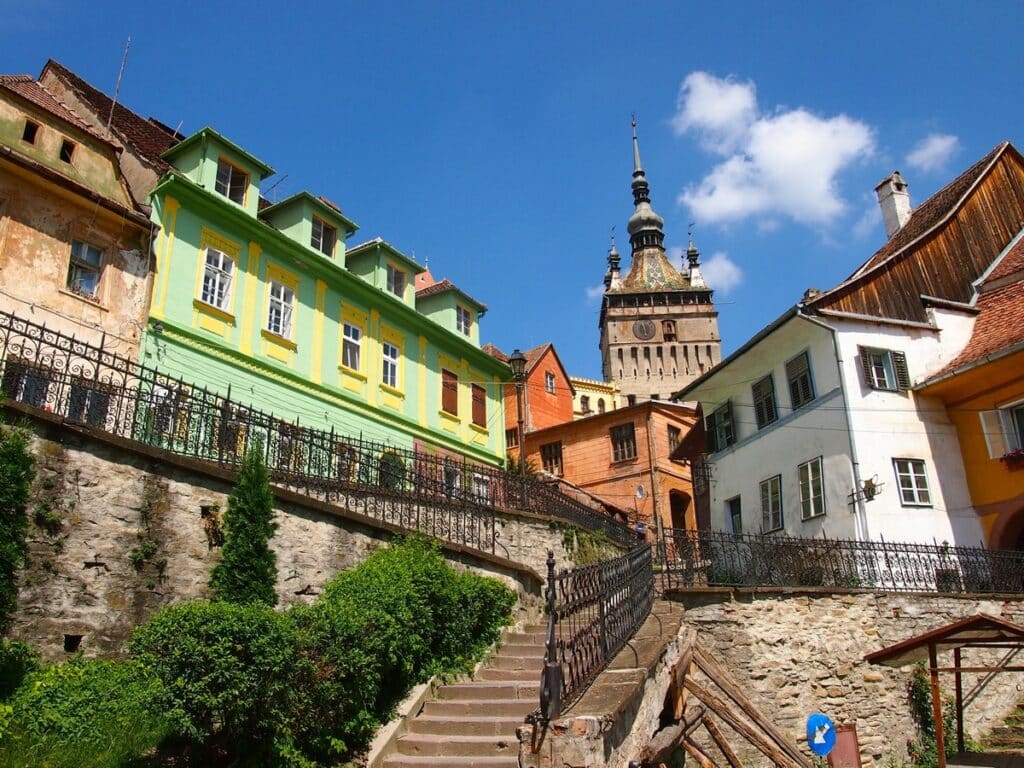
Visiting Sighisoara’s Historical Center is like stepping back a few hundred years to medieval times. Twelve-century Transylvanian Saxons found Sighisoara, and today it’s still a great representation of what a medieval fortified town looked like.
Its traditional narrow streets and colorful stone houses make it a wonderful place to walk around in. It is the birthplace of Vlad the Impaler, the man who served as the inspiration for Bram Stoker’s Dracula.
Transylvanian Alps
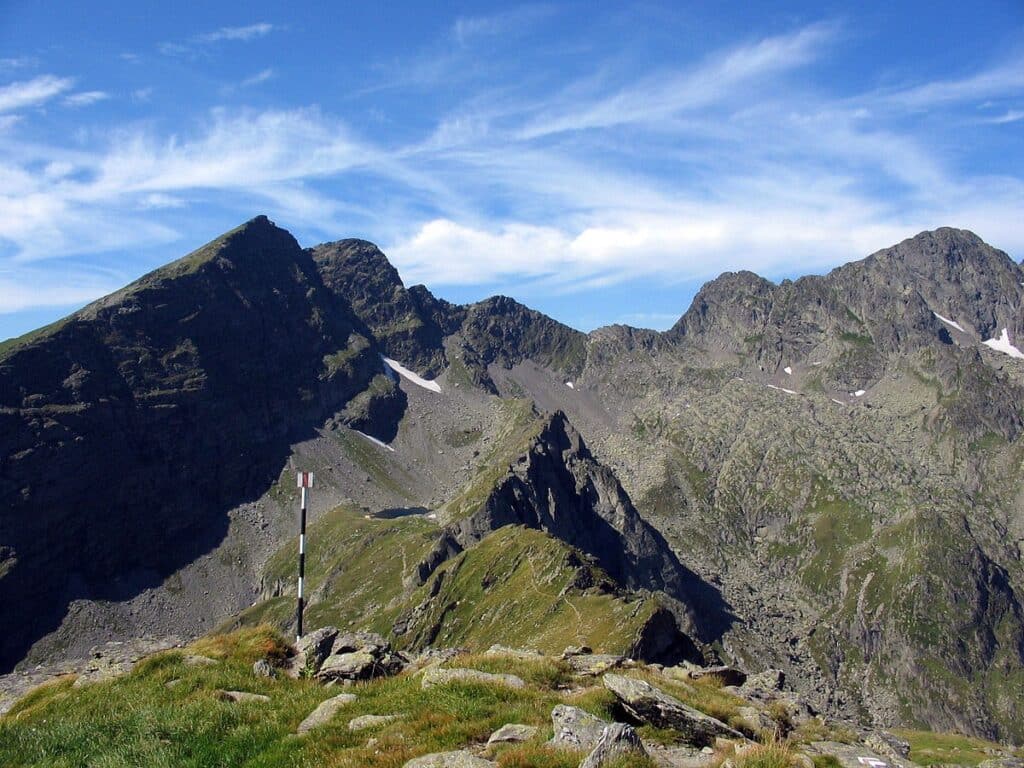
Also known as the Southern Carpathians, these rugged mountains are a popular spot for hiking in summer and skiing in the winter. These mountains are also home to the highest point in Romania: Mount Moldoveanu, at 2,544 meters (8,346 feet).
There are tour companies that specialize in organizing walking tours during the summer if you prefer not to set out alone. Hiking in this area is still less popular than hiking in Switzerland and France, but that’s exactly why you should consider it: it’s much less crowded and arguably even more beautiful.
Poiana Brasov
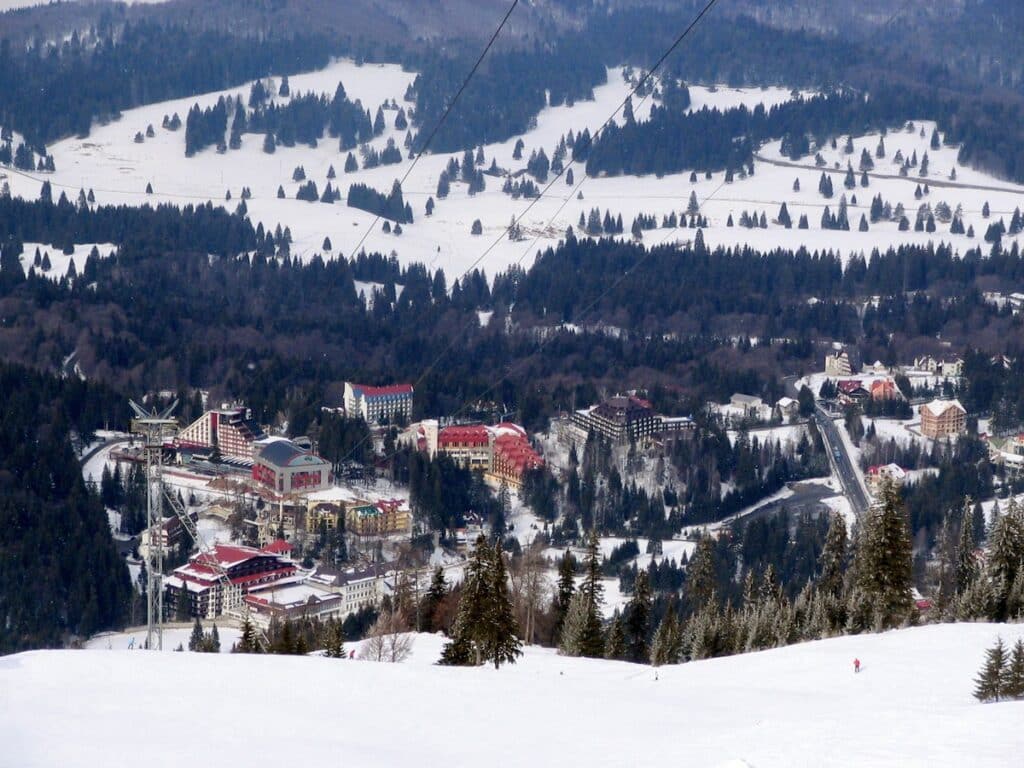
Poiana is a ski resort located in the Carpathian Mountains. The resort has seven slopes that combined offer 25 km (15 miles) of skiing. This is also the spot where many competitive figure skating and alpine skiing events are held.
This resort offers excellent facilities but at a much more affordable price than ski resorts in Western Europe. It’s also nearby medieval villages like Brasov, allowing visitors some day trip options.
Vaser Valley Forestry Railway
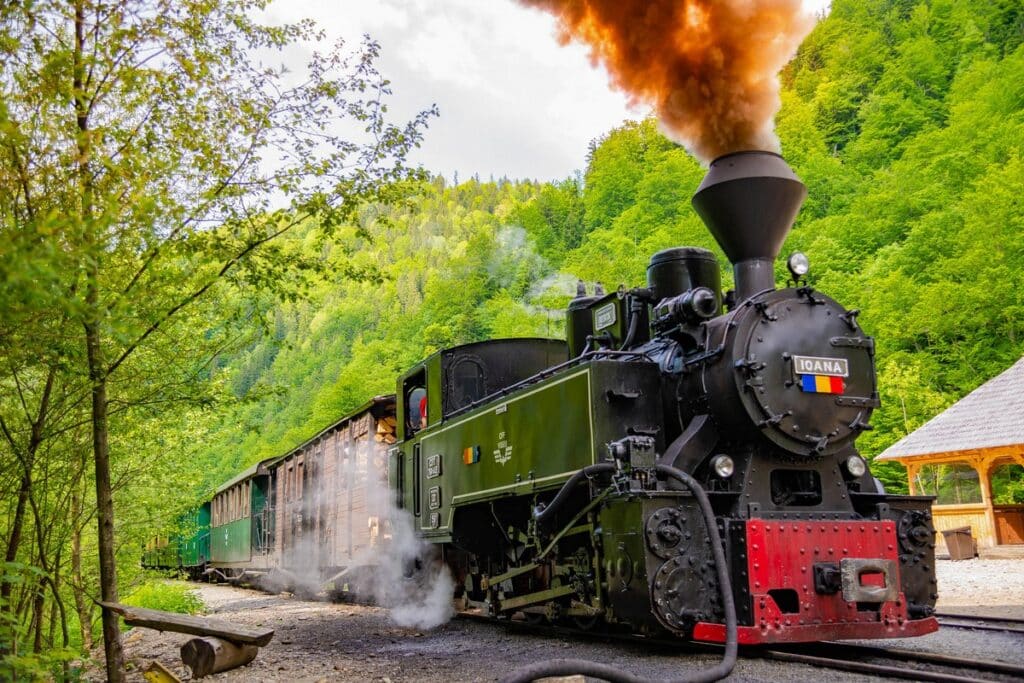
Riding in a steam-powered train through the forest of the Carpathian Mountains will transport you back in time. Since 1932, the Vaser Valley Forestry Railway has been hauling logs from the forest to the mill along the Vaser River. Today this is the last steam-powered railway left in Europe.
This old steam train also transports tourists through the beautiful landscape with a special stop at Paltin to enjoy a picnic lunch while admiring the natural scenery.
Romanian Athenaeum
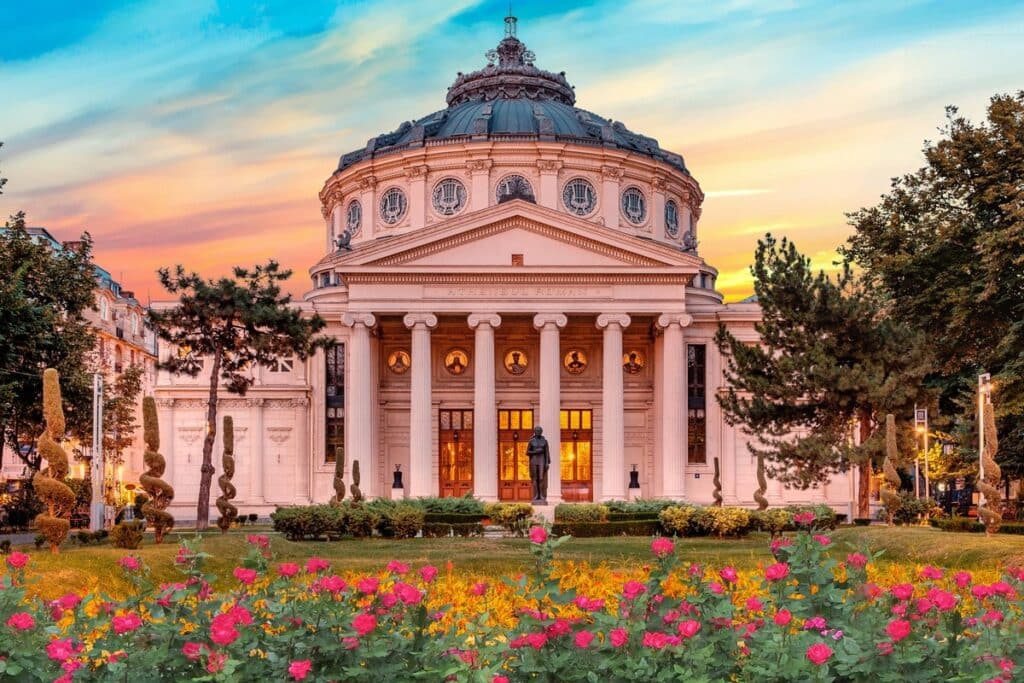
The Romanian Athenaeum in Bucharest is the city’s most prestigious concert hall and home to the George Enescu Philharmonic Orchestra. French architect Albert Galleron designed the building so that it resembles an ancient Greek temple.
The concert hall is supported by twelve Doric columns on the ground floor. Similar to ancient Greek-Roman amphitheaters, the concert hall can accommodate 800 people comfortably.
Throughout the year, the Athenaeum hosts symphonic concerts and chamber music concerts; however, if you can’t attend one, you can still visit the building.
Revolution Square
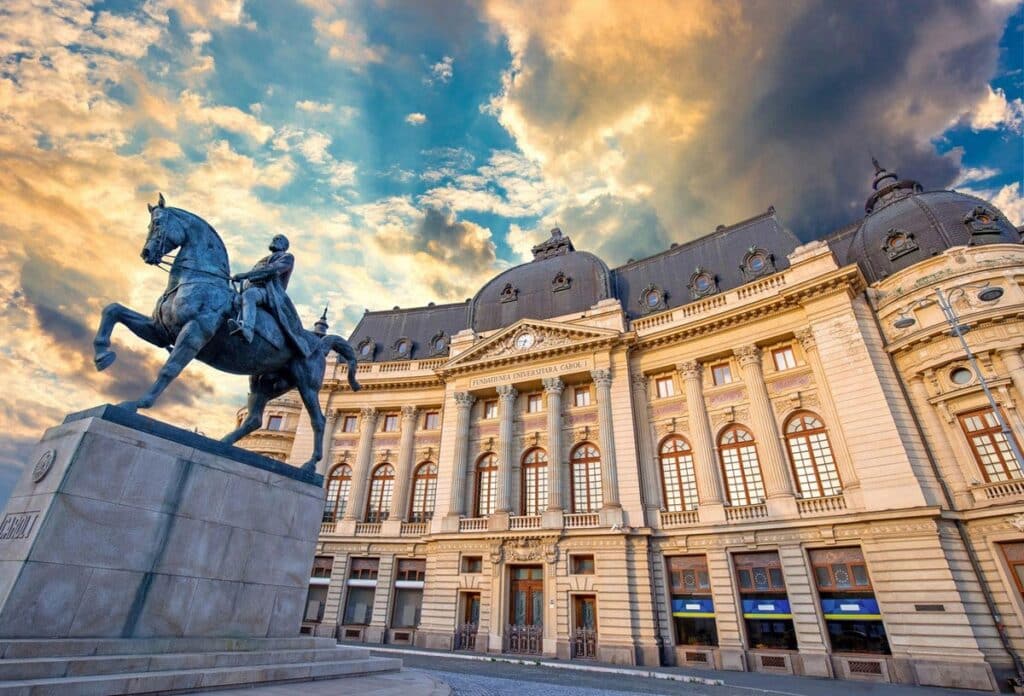
Revolution Square (known as Piata Revolutiei in Romanian) in Bucharest isn’t necessarily a tourist attraction, but one of such historical significance that a visit to the city isn’t complete without stopping to see it.
One of the most pivotal events that took place on this square was when former dictator Nicolae Ceausescu and his wife were forced to flee in a helicopter from the roof of the Romanian Communist Party Headquarters. With the support of more than 100,000 people, a coup d’état occurred here on December 21, 1989. They were later captured and executed.
The Arch of Triumph
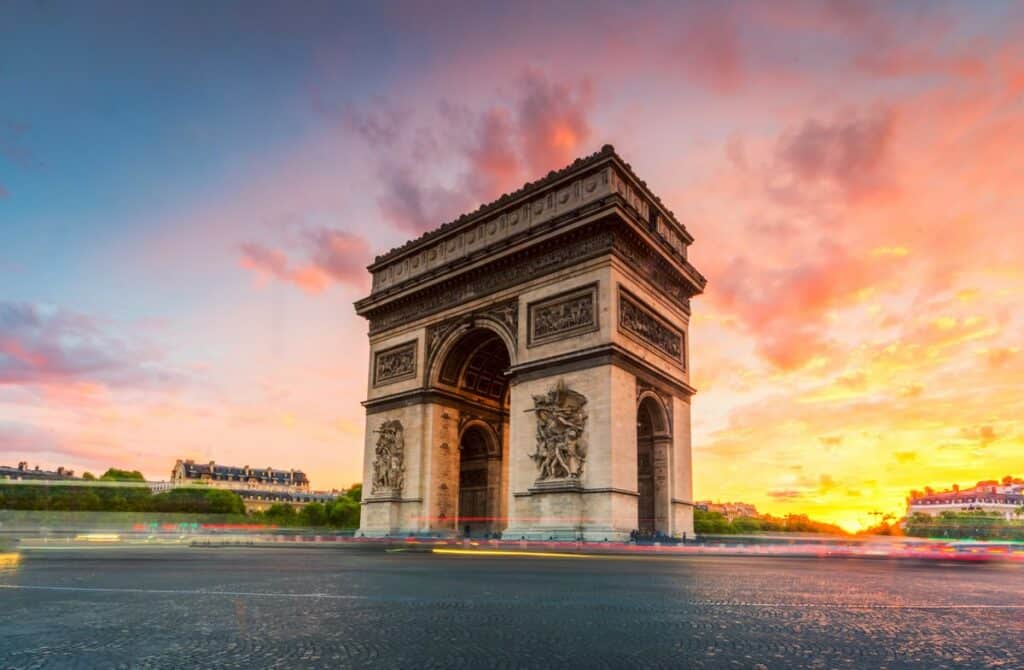
In Bucharest’s busiest intersection, you’ll find the Arch de Triumph (Arcul de Triumf). It was erected in honor of the Romanian Army’s victory in the First World War. However, it also serves as a memory of the Great Union of 1918: one of the critical events in the country’s history.
Bucharest’s Arch de Triumph is the main stage for the military parade that takes place every year on December 1, Romania’s National Day.
Sucevita Monastery
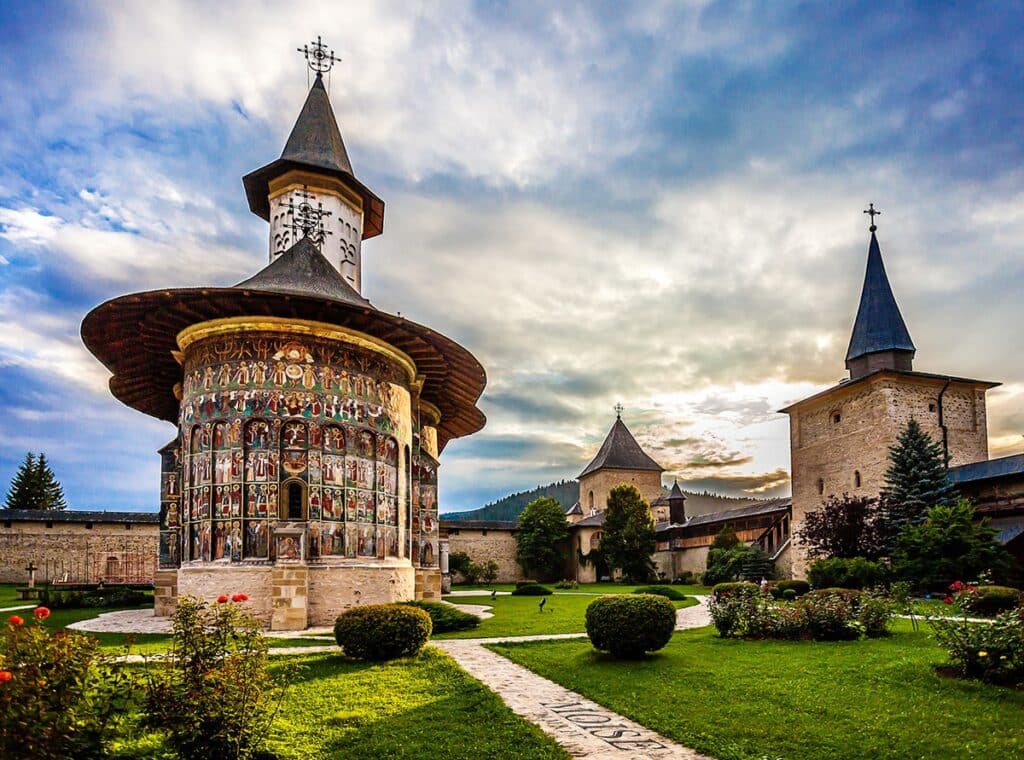
Romania is known for its beautifully painted monasteries. Sucevita monastery, located in the northeastern part of the country, is one of the most visited and most important monasteries. On the inside, you will find painted murals and silver thread embroidered tomb covers from the early 1600s.
It’s also one of the 8 painted monasteries in the region that form a UNESCO World Heritage site, a designation it received in 1993. At Sucevita, the nuns work on restoring religious books and old wooden icons using the same methods that have been used for centuries.
Carturesti Carusel Bookstore
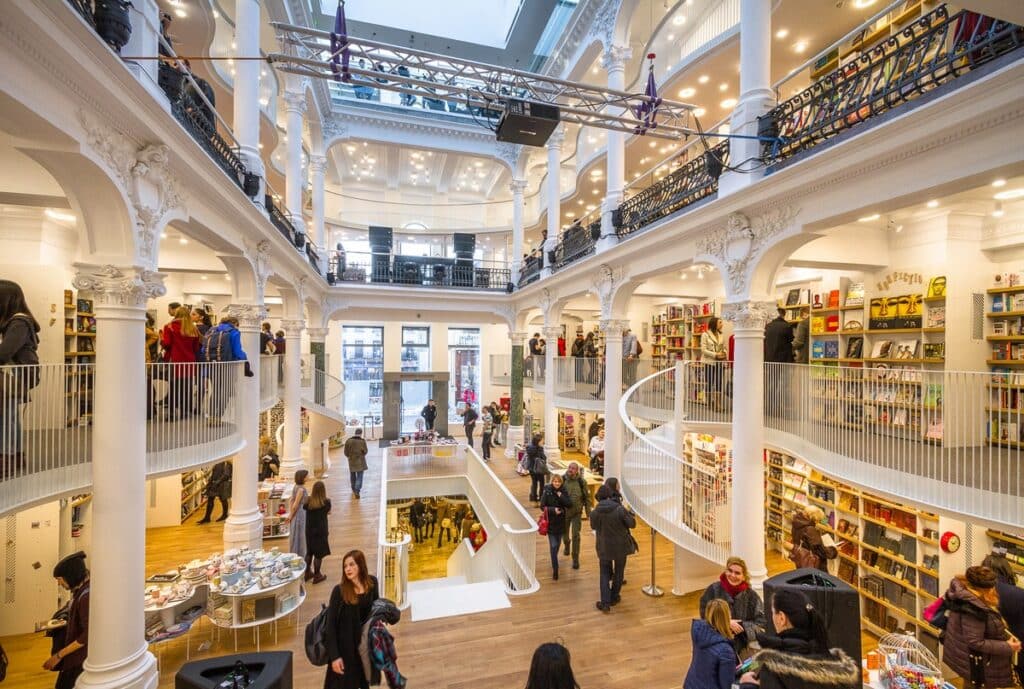
Carturesti Carusel bookstore is the country’s most famous bookstore, and as soon as you enter, you’ll immediately understand why.
The bookstore is set in a restored 19th-century building in Bucharest’s Old Town. It covers an area of 1000 square meters (10763 square feet) spread over 6 floors. It has more than 10 000 books and 5000 albums.
The building is impressively minimalist, with light filtered through a central skylight to create an atmosphere reminiscent of a carousel, hence its name, which translates to “Carousel of Light.”. People also visit the bookshop to appreciate the contemporary art displays that are regularly changed.
Dimitrie Gusti National Village Museum, Bucharest
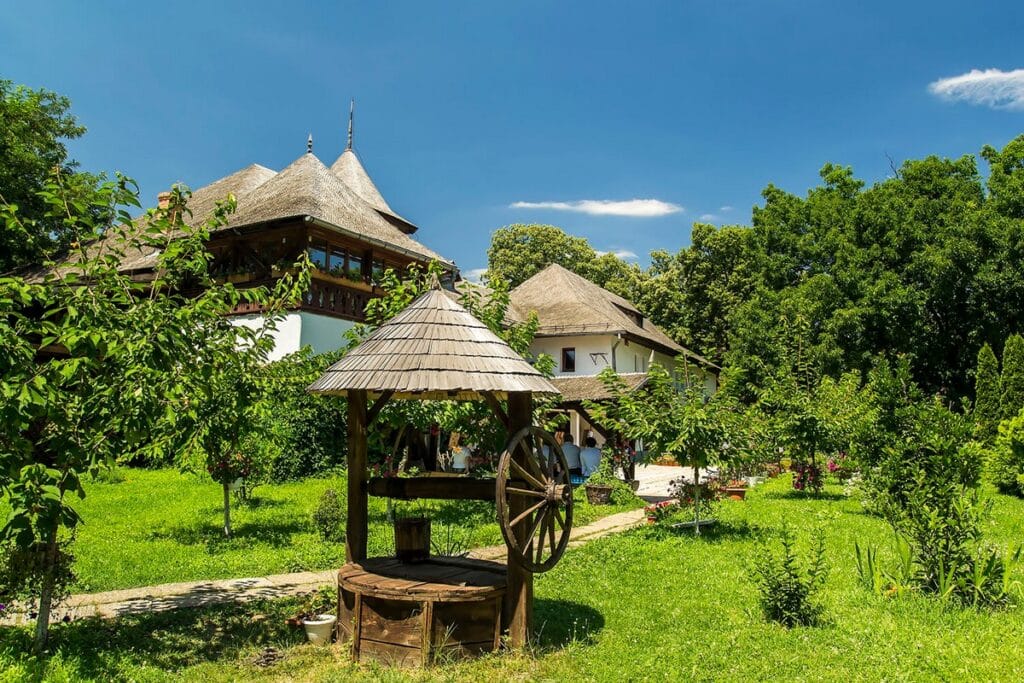
The Dimitrie Gusti National Village Museum, founded in 1936, is a well-known open-air museum that depicts the traditional way of life in the country.
Visitors can stroll through 272 traditional buildings that range from peasant homes to traditional workshops. These buildings were not actually built here in the city but were carefully transported here from all over the country. They had to be taken apart, moved to the museum, and rebuilt again.
Other items on display in the Village Museum include pottery, artifacts, and other traditional items.
Sibiu
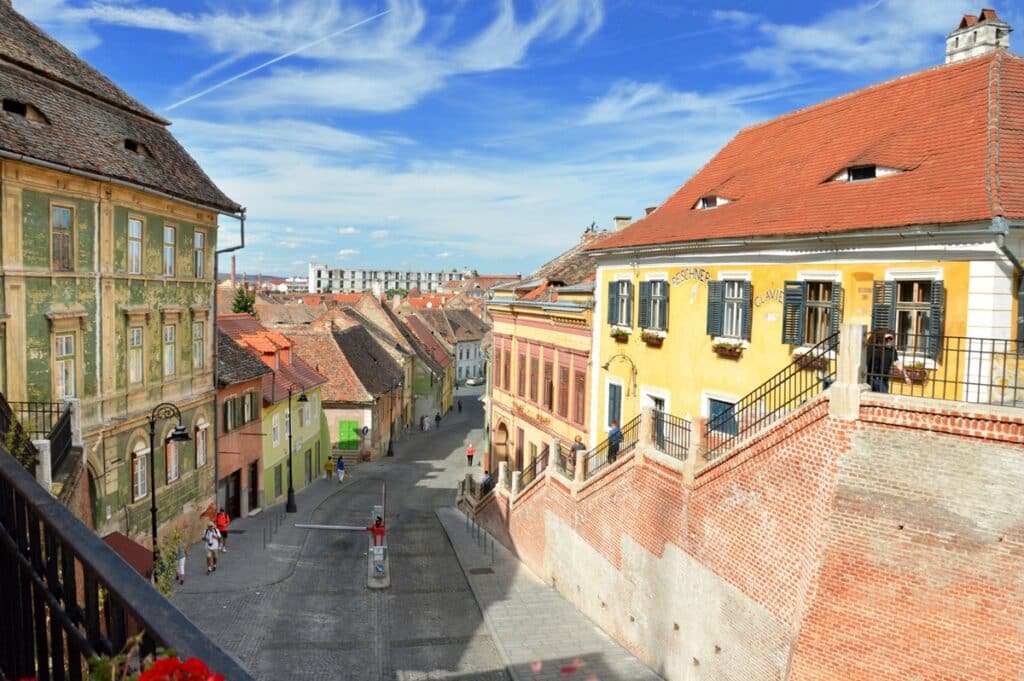
Many people view the city of Sibiu as the most beautiful one in the region of Transylvania. It’s also known as one of the best-preserved medieval cities in Europe today.
Similar to Brasov, the city has a German-orientated history as it was ruled by the Saxons even though it was part of the Hungarian Kingdom. As they had their headquarters in Sibiu, it was the wealthiest city in the region.
If you make it to Sibiu, you’ll be treated to an authentic and beautiful town that feels very local without many tourists.
Peles Castle
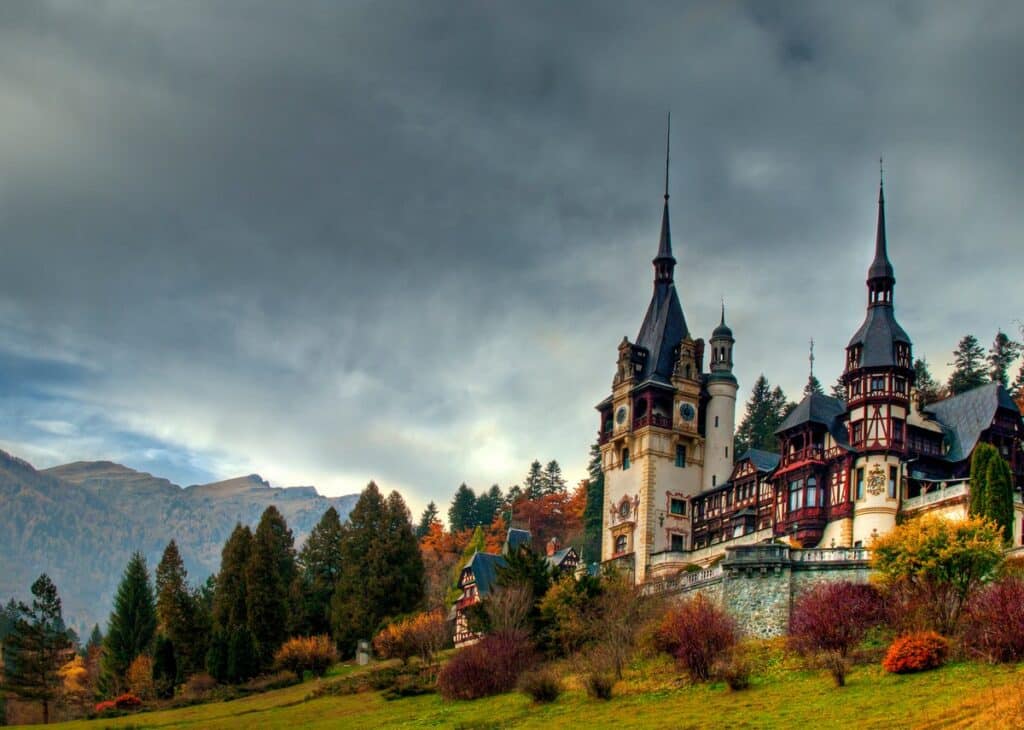
After Bran Castle, Peles Castle is the second most visited castle in Romania. Given the castle’s long history, beautiful surroundings, and striking architecture, this isn’t surprising.
The castle was built between 1875 and 1915. The Romanian royal family then used it as a summer residence until 1948 when they were conquered by the communists. After 1948 it was turned into a museum but only opened to the public again in 1990.
The castle has a surface area of 34,444 square feet (3200 square metres). It has more than 160 rooms accompanied by more than 30 bathrooms.
Templul Coral Synagogue
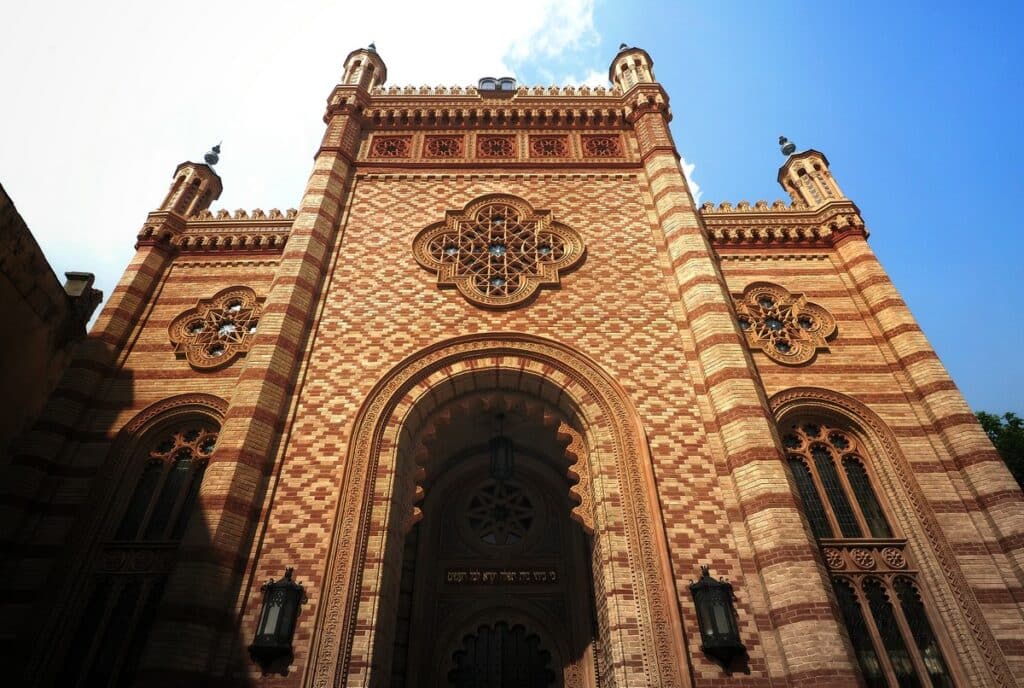
The Templul Coral synagogue is one of the few remaining ones in Bucharest and the largest one in the country. It was built between 1857 and 1867, and it’s still in use today.
It has a striking interior that’s decorated with yellow and red arabesque-style bricks. The inside is adorned with beautiful decorative elements. There is a fantastic English-speaking guide that passionately shares their knowledge about the building and Jewish history in the country, making this well worth a visit.
Cotroceni Palace
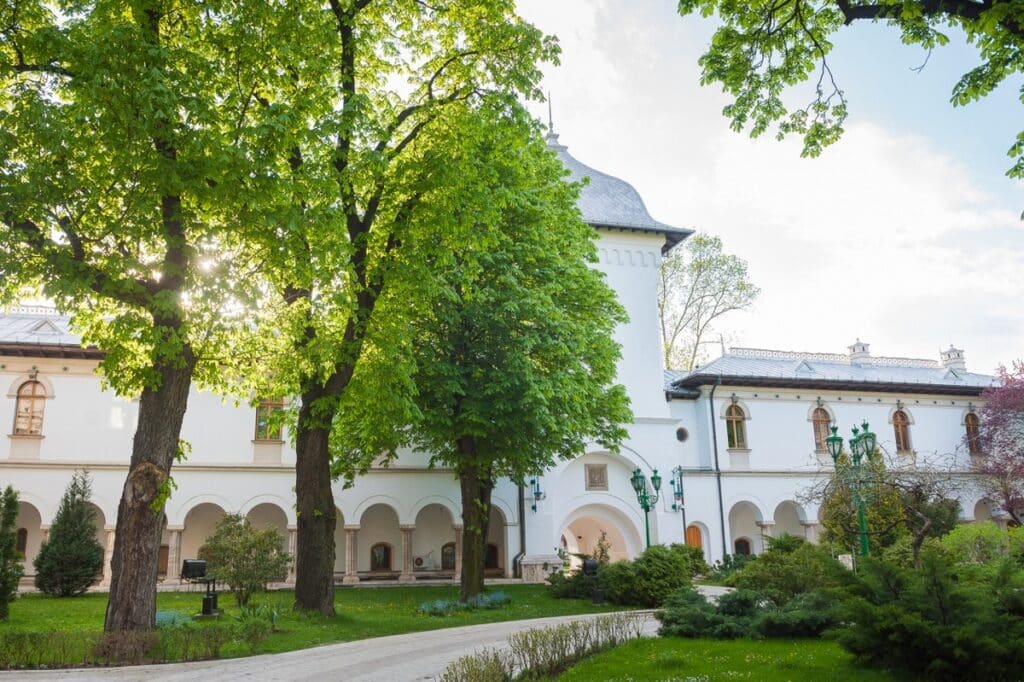
Cotroceni Palace is the official residence of the Romanian President. However, despite it being an official residence, it can be visited by tourists.
Originally built as a monastery in 1679, the Palace became the prince’s summer house in 1862. After several years, in 1888, the monastery was demolished to build a palace where the monarchs would live.
The palace was then later converted into the official residence for the Romanian president after the revolution in 1989. Due to the fact that it is the official residence, the palace has certain security measures. As such, if you want to visit, you must book your visit in advance.
Sarmale (Cabbage rolls)
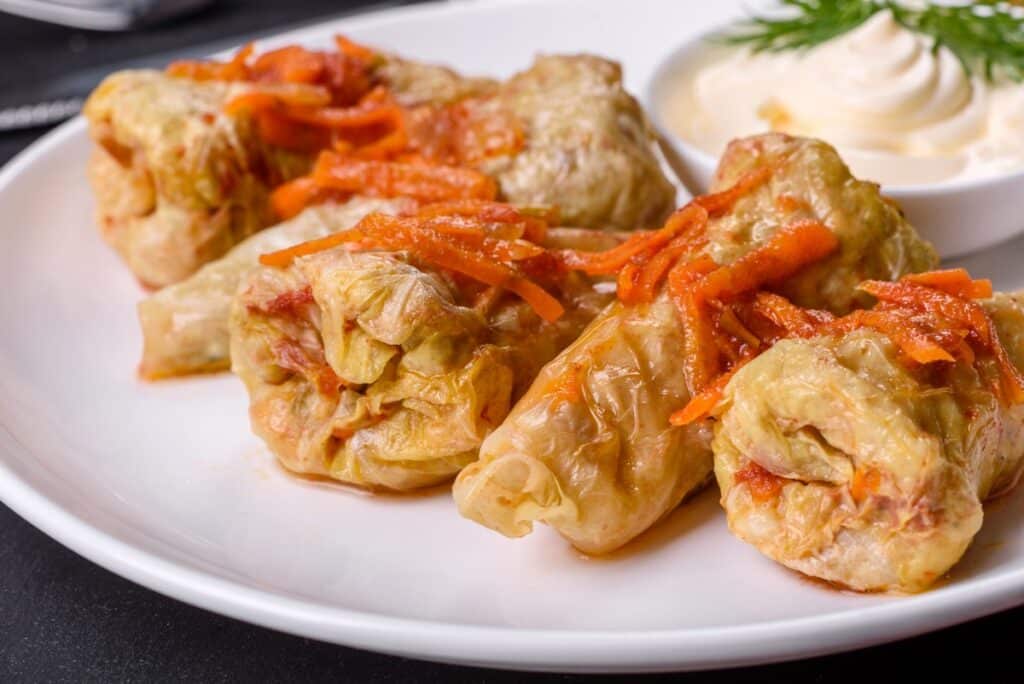
Sarmale is widely considered to be the country’s national dish despite having its origins in Turkey. The dish made its way to Romania during the time of the Ottoman empire. Locals like to say that Turkey invented sarmale, but the Romanians perfected it. Sarmale is a menu staple when it comes to festive meals and national celebrations.
The dish contains a mixture of minced meat with rice that’s blended with vegetables and spices, after which it’s rolled in grape or cabbage leaves. The rolls are then covered with a mixture of water and cabbage brine and cooked in clay pots.
